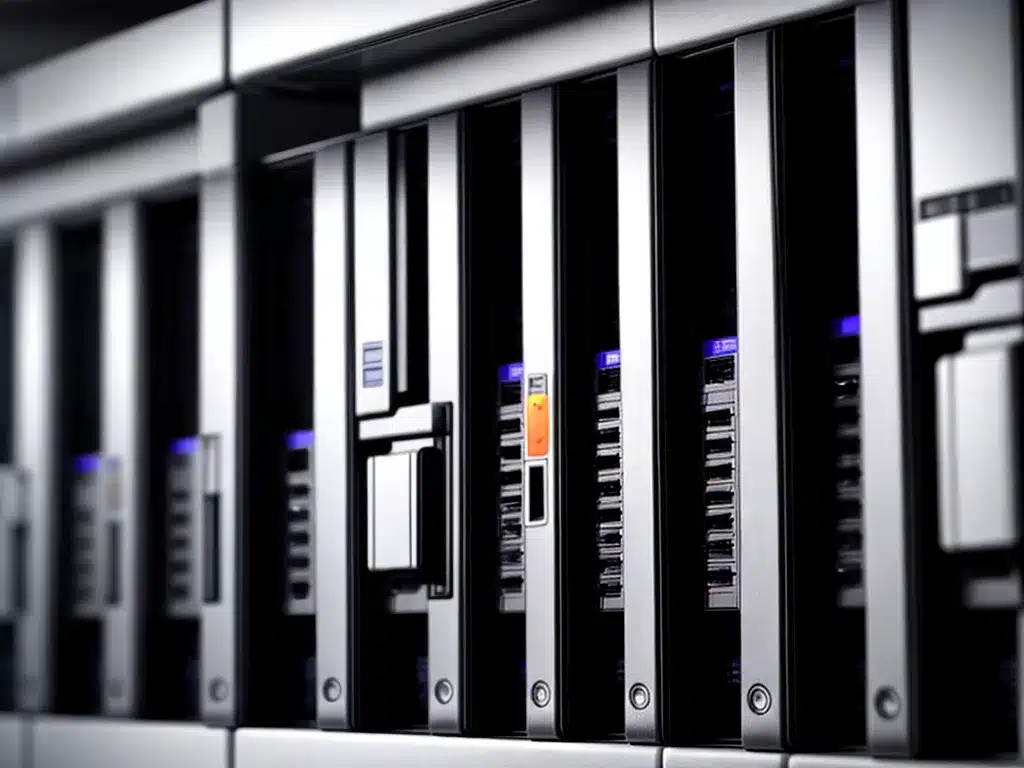
Introduction
As data becomes more and more valuable, it is crucial to protect it from loss. Many people mistakenly believe that RAID (Redundant Array of Independent Disks) provides adequate data backup. However, while RAID does offer some benefits, it is not a substitute for a proper backup solution. In this article, I will explain what RAID is, its advantages and limitations, and why backups are still essential.
What is RAID?
RAID is a technology that combines multiple physical disk drives into a single logical unit. There are several RAID levels, each with different configurations:
- RAID 0 – Disk striping for improved performance, but no redundancy. If one disk fails, all data is lost.
- RAID 1 – Disk mirroring for redundancy. If one disk fails, the other contains a copy of the data.
- RAID 5 – Disk striping with distributed parity. Can survive one disk failure without data loss.
- RAID 6 – Like RAID 5, but with double distributed parity. Can survive two disk failures.
The main advantages of RAID are increased performance, capacity, and redundancy. However, RAID is not a backup solution.
Why RAID is Not Backup
There are several key reasons why relying solely on RAID for data protection is risky:
Single Point of Failure
Except for RAID 1, RAID arrays have a single point of failure – the RAID controller. If the RAID controller fails, access to the entire array is lost. Backups provide an independent copy of data that is not dependent on a RAID controller.
No Protection Against Corruption
RAID protects against disk failures, but not against data corruption or deletion. If a file is accidentally deleted or corrupted, the incorrect data will be mirrored across the RAID. Backups provide historical copies unaffected by such errors.
No Protection Against Malware
Malware like ransomware can infect files and propagate across drives in a RAID array. Backups with multiple retention periods offer a way to recover an uninfected version of the data. RAID alone is vulnerable to such malware.
Limited Retention History
RAID has no ability to “go back in time” and restore older versions of data. Backup solutions take periodic snapshots, allowing you to restore data from multiple points in time.
No Offline Protection
RAID relies on disks being actively connected to the RAID system. If there is a failure of the entire system, all data is inaccessible. Backups keep copies offline or offsite, providing access even if the primary system is down.
Why You Still Need Backup
While RAID provides significant benefits, it does not offer robust, independent data protection like a purpose-built backup solution does. Some key capabilities backups provide that RAID does not:
- Air-gapped copies for guaranteed availability
- Historical snapshots for point-in-time restore
- Offline or offsite copies that survive site disasters
- Immunity from unauthorized changes or malware
- Long-term retention policies for archival
- Application-aware and verified backups
So in summary:
- RAID is not backup. It is a complement, not a replacement, for comprehensive data protection.
- Backups provide crucial capabilities that no RAID configuration can accomplish alone.
- Avoid data loss – implement a modern backup solution in addition to RAID for true peace of mind.
Conclusion
RAID and backups should work hand-in-hand as part of a defense-in-depth data protection strategy. Relying on RAID alone is risky and inadequate. As data becomes more valuable, businesses must invest in robust backup solutions that provide verified protection, recovery points, retention policies, and disaster resilience that RAID simply does not offer.












